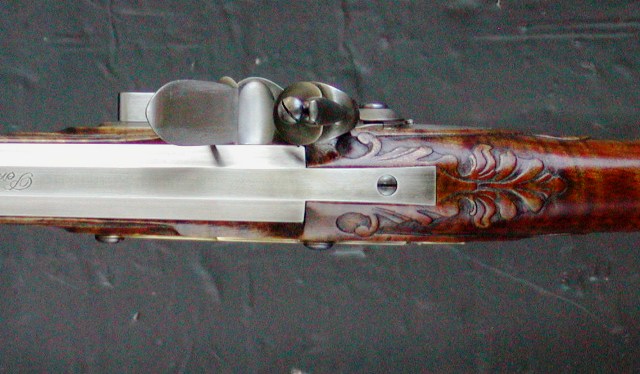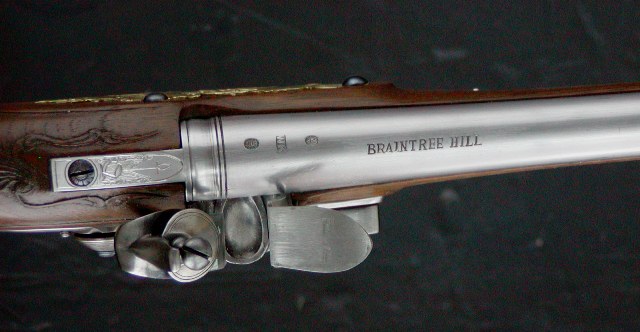- Joined
- Apr 29, 2021
- Messages
- 57
- Reaction score
- 134
Been shooting my Kibler for about 3-4 months. This past weekend I took it on a hunt with me and it got a lot of use. I did clean it that night, although it wasn't my usual "over the top" clean. I didn't barricade it, as I planned on cleaning it again when I got home the next day--which I did (and then barricade). I did notice while cleaning it the 2nd night, I saw some spots in the pan for the first time. I'm sure I'm being paranoid but I wanted to make sure the spots were just normal blueing or wear/tear and not a sign of my incompetence  . My cleaning procedure is:
. My cleaning procedure is:
Warm water + Muzzle Magic #77 mixture, toothpick in hole, soak. Then pad cleaning until clean.
Then alcohol swabs x 3 to dry out moisture
Then dry swabs until dry/clean
Barricade
The pan/lock get the same general treatment, except by hand/q-tip.
Tell me I'm being silly and my gun won't look brand spanking new forever---or tell me I'm doing something wrong . Thanks.
. Thanks.

Warm water + Muzzle Magic #77 mixture, toothpick in hole, soak. Then pad cleaning until clean.
Then alcohol swabs x 3 to dry out moisture
Then dry swabs until dry/clean
Barricade
The pan/lock get the same general treatment, except by hand/q-tip.
Tell me I'm being silly and my gun won't look brand spanking new forever---or tell me I'm doing something wrong








